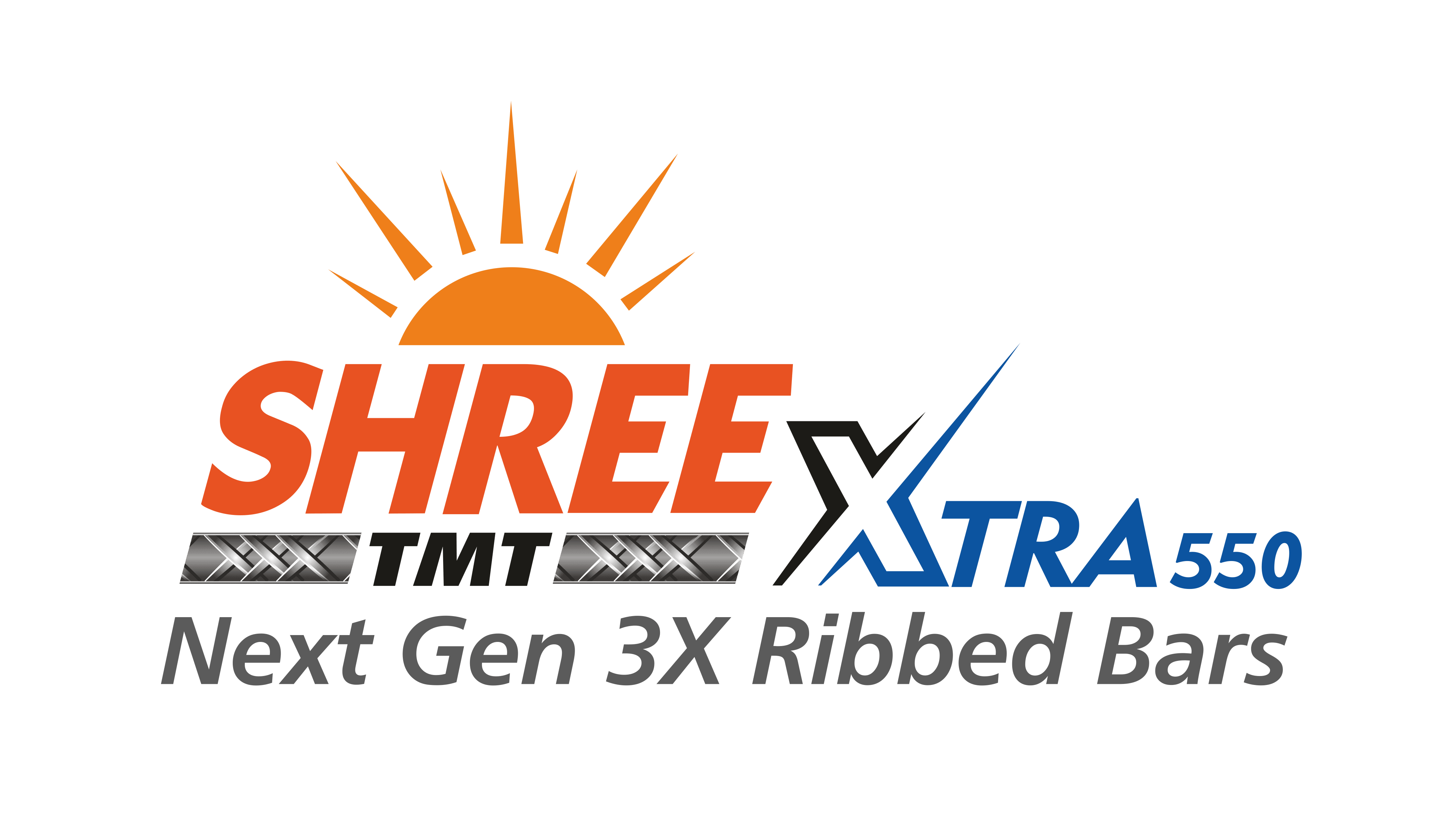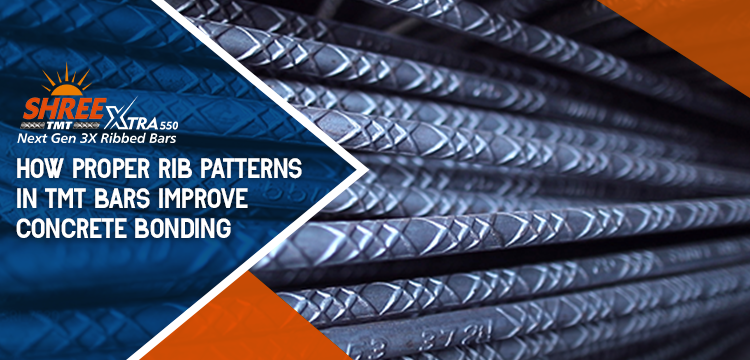How Proper Rib Patterns in TMT Bars Improve Concrete Bonding
In modern construction, the strength of a structure depends not just on design, but also on how well steel reinforcement bonds with concrete. One of the most critical elements in this connection is the rib pattern on TMT bars (Thermo-Mechanically Treated bars). Though they may seem like a small detail, rib patterns significantly enhance the structural integrity, durability, and bonding strength of concrete structures.
What Are Rib Patterns in TMT Bars?
Rib patterns are geometrically engineered protrusions on the surface of TMT bars. Far from being decorative, these features are designed to mechanically interlock the steel with the surrounding concrete, improving performance in every structural application—from buildings and bridges to industrial infrastructure.
Why Rib Patterns Matter in Concrete Bonding
1. Enhanced Bond Strength with Concrete
Unlike smooth bars, ribbed TMT bars provide better anchorage by creating multiple points of contact. These ribs function like micro-anchors, increasing the pull-out resistance and ensuring that the bars remain firmly embedded within the concrete under stress or shifting loads.
2. Efficient Stress Distribution
Proper rib design enables uniform stress transfer between steel and concrete. The ribs spread applied loads across a wider surface area, reducing stress concentration and minimizing the risk of cracking or failure in the structure.
3. Corrosion Protection
Strong bonding also reduces moisture ingress, one of the leading causes of steel corrosion. A tight bond limits the formation of micro-gaps that could allow water or chemicals to reach the steel, making ribbed TMT bars especially effective in coastal and industrial environments.
The Shree TMT Advantage in Rib Design
At Shree TMT, we understand that the rib pattern is not a one-size-fits-all solution. Our revolutionary 3X rib on rib design ensures unbeatable strength that outperforms conventional TMT bars. This innovative design:
- Reduces the risk of cracking and spalling in concrete structures
- Minimizes the penetration of moisture and external elements, further preserving structural integrity
- Creates superior bonding that withstands extreme stress conditions
Our advanced manufacturing process ensures:
- Precise rib geometry
- Optimal rib height and spacing
- Consistent rib pattern across the entire length of the bar
- Enhanced surface characteristics that maximize concrete adhesion
Key Design Features of Effective Rib Patterns
The efficiency of a rib pattern is determined by multiple engineering factors:
- Rib height: Affects grip and surface area
- Rib spacing: Balances bonding strength and stress flow
- Rib angle: Impacts how loads transfer between steel and concrete
- Surface roughness: Enhances concrete adhesion
- Longitudinal and transverse ribs: Improve overall interlock and bonding strength
Shree TMT bars are tested for each of these parameters to deliver consistent performance across projects.
Conclusion: Small Detail, Big Structural Impact
Rib patterns in TMT bars are more than just surface textures—they’re a vital part of your structure’s safety and long-term strength. When you choose Shree TMT, you choose reinforcement steel that’s scientifically engineered for better bonding, corrosion resistance, and load transfer.

